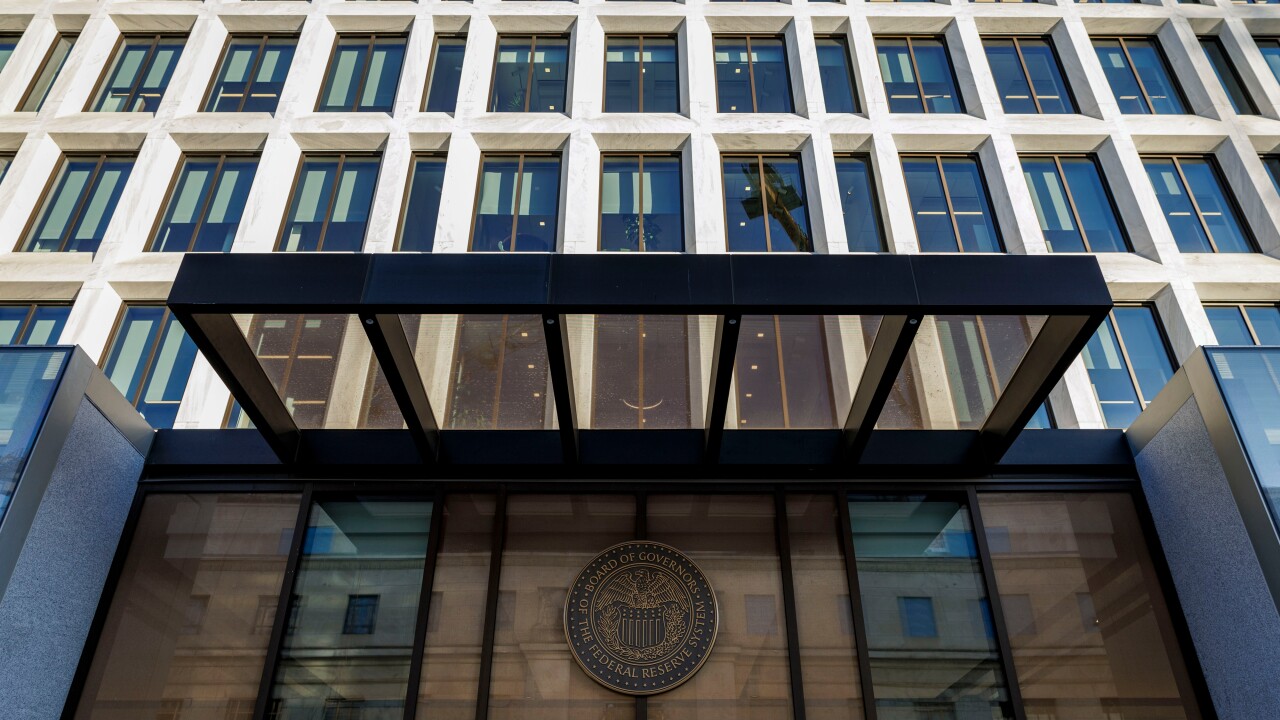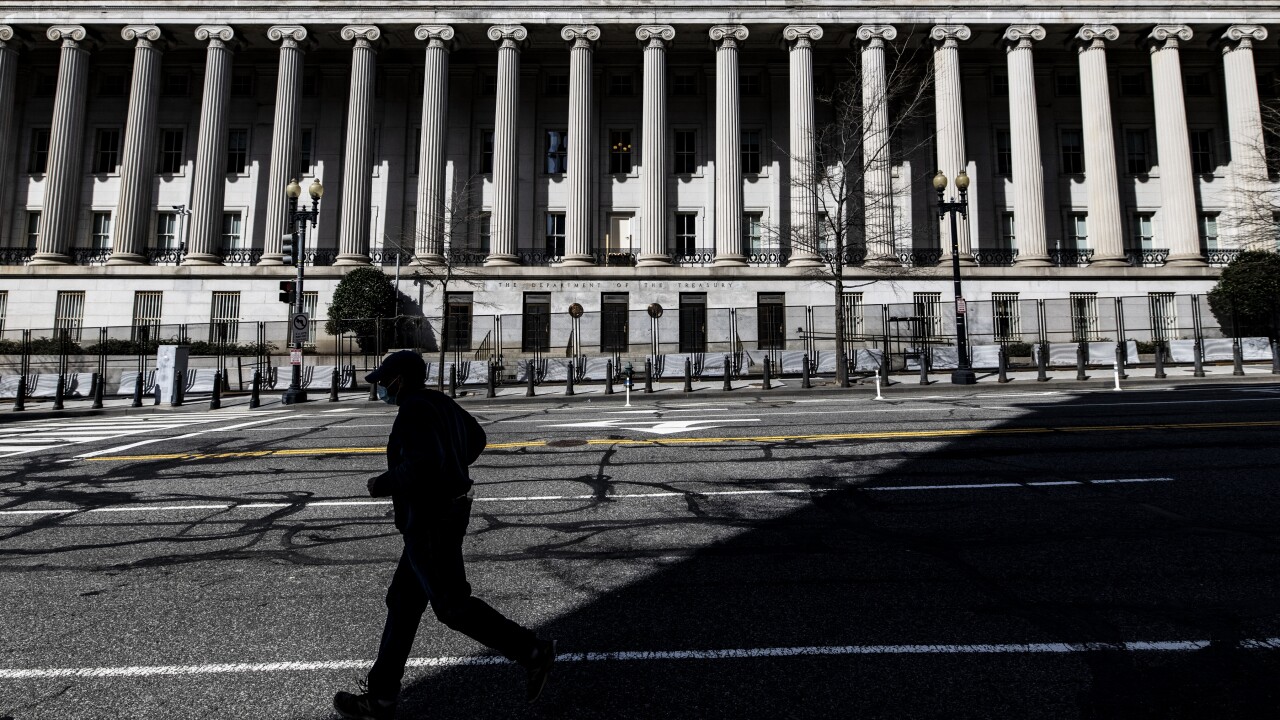-
The wagers reflect the potential for monetary policy easing to gather pace after chair Jerome Powell's term ends in May.
December 2 -
The move was fueled by BOJ Governor Kazuo Ueda talking up the prospects for a rate hike, leading money markets to lift the chance of a move on Dec. 19 to around 80%, from less than 25% one week ago.
December 1 -
Heading into the Thanksgiving holiday-shortened week, the benchmark Bloomberg Treasuries index is on track for a small gain in November after rising in eight of the prior 10 months.
November 24 -
The moves come despite Fed officials including Michael Barr voicing caution on lowering borrowing costs again in December given inflation is still above target.
November 21 -
Bessent spoke a week after Democrats won several key elections by zeroing in concerns over the cost of living, including housing, groceries, utilities and health care. Trump himself has rebuffed such concerns.
November 11 -
Investors have turned to private readings such as the Challenger, Gray & Christmas Inc. report showing companies announced the most job cuts for any October in over 20 years.
November 6 -
Longer-dated notes led the decline, which was initially triggered by ADP Research data showing employment at US companies increased by more than forecast in October.
November 5 -
With debt offices slashing sales of longer-maturity debt, the recent drop in 30-year bond yields is likely to run further.
October 31 -
Yields on 10-year notes rose two basis points to 3.99% after falling the previous two sessions, while monetary policy-sensitive two-year notes held steady around 3.49% Wednesday morning.
October 29 -
Yields on 10-year benchmark US government bonds rose as much as four basis points to 4.04%, the highest in more than a week, after negotiators from the world's two biggest economies said they'd struck a series of agreements on issues.
October 27 -
The consumer price index for September — delayed by the federal government shutdown — showed core prices rose 0.2% on a monthly basis, less than the 0.3% expected.
October 24 -
Traders are shifting their focus to Friday's release of the consumer price index, the first real glimpse on the state of the economy since the start of the US government shutdown.
October 23 -
Dollar bonds, meanwhile, reversed an earlier jump. Notes maturing in 2035 were down by almost 0.1 cent on the dollar, trading at 57 cents.
October 17 -
The department has been increasing the supply of bills — Treasury securities that mature in a year or less — in a way that means the federal government needs to carry a larger checking-account balance.
October 16 -
Treasuries have rallied since the flare-up in trade talks prompted renewed demand for U.S. government debt as a haven.
October 15 -
After an apparent truce, the US and China are back to making tit-for-tat trade swipes. Market participants are fretting more about the potential impact on growth than how the protectionist measures will affect inflation.
October 14 -
While the shutdown has delayed the release of federally-compiled statistics, economists at Citigroup Inc. and Goldman Sachs Group said state-level data suggested initial jobless claims increased last week.
October 10 -
Over the past two years, volume in the $30 trillion US government bond market was about 58% higher than average on the last trading day of the month, the New York Fed found.
October 9 -
The government closure that began on Oct. 1 has delayed the release of official data that traders rely on to assess growth and inflation and gauge the Fed's next steps, after it eased last month for the first time this year.
October 8 -
Moves in Japanese government bonds have foreshadowed that of their global counterparts this year, with a spike in super-long yields in the Asian nation amplifying ructions fueled by fears of widening fiscal deficits.
October 6



















